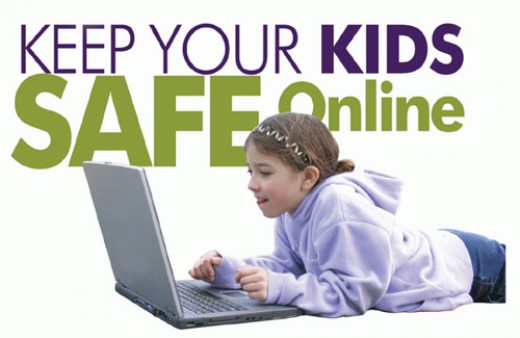You teach your children to wear helmets when they ride bikes and sunscreen when they’re outside, but are you also teaching them to be safe online?

June is Internet Safety Month, a perfect opportunity to talk with your kids about online safety.
The Internet is a great way for children to have fun, learn new things, and stay in touch with their friends, but it also exposes them to online dangers. As summer vacation kicks off – and your kids start to spend more time on their devices – make sure your kids know the importance of these five online safety tips:
Don’t share too much information. Create a list of things your kids should never post online – like their birthday and year, full name, address, or phone number – and make sure they understand why it is important to keep this information private.
Be careful about what you post. The Internet isn’t private. Once your kids share a post, picture, or video, they can’t control how others will use it, and it can never be permanently deleted. Teach them to be thoughtful and cautious in what they post and share online.
Connect only with people you know. “Don’t talk to strangers” is a good rule for the real world and the cyber world. Predators and stalkers can easily create fake profiles to hide their identities, so instruct your kids to only connect with friends they know in “real life.” Also, check your children’s privacy settings to make sure strangers can’t see their profiles. Sometimes privacy settings are reset to default settings during program updates, so check their profiles regularly.
Keep your location private. Many apps, networks, and devices have geo-tagging features that broadcast your location. This information could lead a stalker directly to your kids, so check that these features are completely off.
Protect your password. Show your kids how to create strong passwords, and make sure they know to never share them with anyone (except their parents or a trusted adult). For guidance on how to make a strong password, see the “Best Practices for Creating a Password” tip card at https://www.dhs.gov/stopthinkconnect-toolkit.
If you’d like to learn more about protecting your children online, check out the Parent and Educator Resources from the Stop.Think.Connect. Campaign or visit www.dhs.gov/stopthinkconnect for more resources.



